- 27
- Apr
Mastering the Art of Lighting: A Comprehensive Guide to Brightness, Color Temperature, and More
Mastering the Art of Lighting: A Comprehensive Guide to Brightness, Color Temperature, and More
Hello everyone, I am the blogger of LEDER illumination, and today I have some exciting and unexpected information to share with you.
Throughout the course of human civilization, lighting has always played a vital role in our lives. It is unimaginable to live in a world without light. As human civilization has progressed, we have moved from relying solely on natural light to the ever-evolving realm of artificial lighting, ensuring that we no longer have to endure long nights in darkness.
In today’s world, lighting serves a purpose beyond mere illumination; it has become an art form. The creation of a light-filled environment and the expression of cultural connotations have gradually become intertwined with our daily lives, making lighting an indispensable element.
In this discussion, we will delve into six core concepts: brightness, illuminance, color temperature, color rendering, beam angle, and glare.
Light serves as the essence of time and the soul of space, providing us with both light and warmth. Whether it is natural or artificial light, the interplay of light and space creates diverse light and shadow effects at different times. Consequently, we can perceive the passage of time and experience the ambiance of a given space.
When it comes to lighting design, the relationship between people, environment, and light is paramount (see Figure 1.1). A well-executed lighting design follows the principles of nature, placing human needs at the forefront to ensure that individuals feel comfortable and at ease within the space. Lighting design becomes an integral part of interior design, using light and shadow to accentuate the layers and aesthetics of a space, while also infusing a sense of ritual into everyday life.

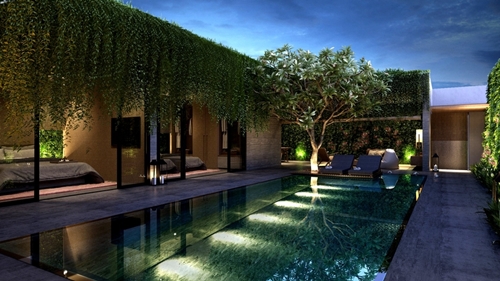

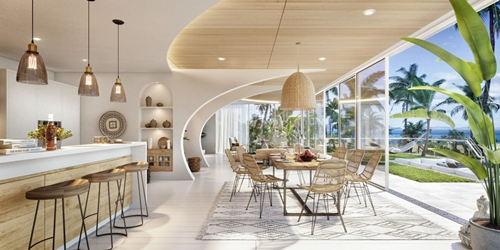
Please let me know if you need any further modifications or if there’s anything else you would like to add.
What are the six qualities of lighting design?
1.What is the best light for brightness?
The foundation of lighting design lies in a comprehensive understanding of light. Whether it is natural or artificial light, whether it pertains to traditional or intelligent lighting design, the “language” of light remains unchanged. To gain a better grasp of the six qualities of lighting design, it is essential to delve into a few basic concepts of optics and comprehend their significance in the realm of lighting design. These concepts serve as fundamental knowledge for lighting design and will resurface throughout my future discussions and examples.
Luminance, measured in candela per square meter (cd/m2), is a physical quantity that characterizes the luminous intensity of a light-emitting or reflective surface. In simpler terms, brightness refers to the perceived intensity of light by the human eye when viewing a light source. Consequently, brightness is a subjective quantity and the primary lighting parameter directly perceived by our visual system. When people express their immediate feelings about the lighting conditions in a room, they often say phrases such as “this room is too bright” or “the light is insufficient, it’s too dark.” In reality, they are referring to the concept of “brightness.” Figure 1.2 showcases the impact of low and high brightness levels on the atmosphere of a home space.
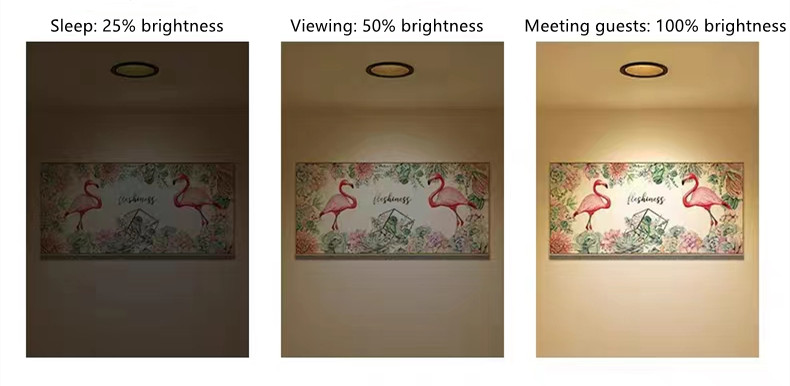
2.What is illuminance of light?
Illuminance, measured in lux (lx), refers to the amount of visible light energy received per unit area of an object. It is a measure used to indicate the intensity of illumination and the level to which a surface is illuminated.
Here is the comparison between illumination and luminance in a table format:
| \u00a0 | Definition | Subjectivity vs. Objectivity | Quantity vs. Quality |
| Illumination | Illuminance refers to the quantity of light energy received per unit area of a surface, measured in lux (lx). It indicates the intensity of lighting and describes how effectively the surface is illuminated. | Illumination is an objective parameter employed in lighting design to quantify the precise amount of light that reaches a surface. It offers an objective assessment of the level of brightness within a given space or location, assisting in determining if the space is adequately illuminated. | Illuminance refers to the quantity of light that reaches a surface. Think of illumination as the ‘amount’ of light falling on a surface, similar to adjusting the brightness knob on a dimmer switch. |
| Luminance | Luminance refers to the luminous intensity emitted or reflected by a shiny or reflective surface, measured in candela per square meter (cd/m\u00b2). | Luminance is a subjective parameter since it signifies the perceived brightness as observed by the human eye when viewing a light source or a surface. | Brightness refers to the perceived lightness of a surface. It represents the actual brightness perceived by the human eye, just like the brightness of a light bulb when viewed directly. |
It’s important to note that illuminance and brightness are often mistakenly used interchangeably. Unlike brightness, illuminance is an objective parameter that we utilize in lighting design. When we refer to an illuminance meter to measure the “quantity” of light reaching a specific surface, it represents the level of brightness within a particular space or location. Figure 1.3 presents a list of illuminance values for various common scenes in nature and our daily lives.


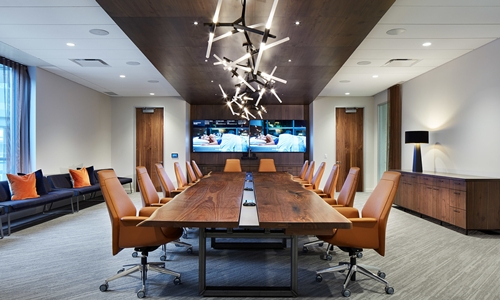
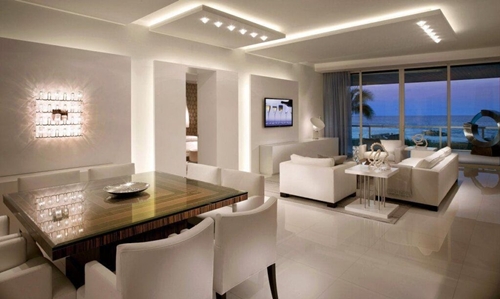


3.What is CCT colour temperature?
When it comes to color temperature, it is indeed a highly significant aspect for clients. Whether my customers are lighting designers or specialized lighting engineering companies, I frequently encounter the following questions.
\u2460What color temperature is best for indoor lighting?
\u2461What is better 2700K or 3000K?
\u2462What is CCT color code?
\u2463What color temperature lights are best for bedroom?
\u2464Which LED color temperature is best for eyes?
\u2465What color temperature do indoor studio lights generally have?
\u2466Is warm or cool light better for home?
\u2467What is the standard lighting color temperature?
\u2468What is the standard color temperature for indoors film?
\u2469Does light color affect room temperature?
\u00b7\u00b7\u00b7\u00b7\u00b7
To understand color temperature, it is crucial to grasp the underlying concept. Do you agree?
Color temperature, measured in Kelvin (K), is defined as the absolute temperature of a black body at which its chromaticity matches that of a given light source. How is the color temperature of a specific light source determined? In essence, a standard black body is gradually heated from absolute zero (approximately -273\u00b0C or 0K), and as its temperature rises, the color transitions from “dark red to light red, orange, yellow, white, and blue.” This range of color temperatures is depicted in Figure 1.4, spanning from 2700K to 6500K. Whether in natural or home environments, different color temperature settings evoke distinct psychological responses and emotions.

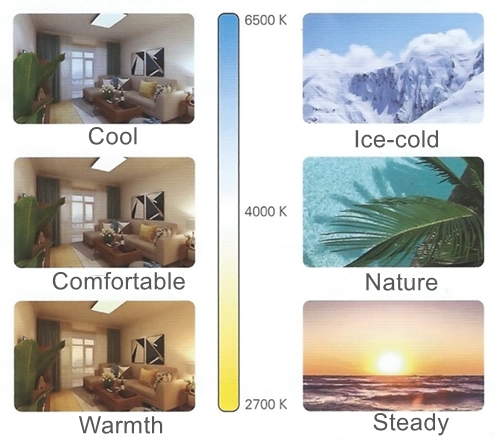
From Figure 1.4, it is evident that light with a lower color temperature appears more yellowish, while light with a higher color temperature tends to have a bluish tone. Considering that yellow is associated with warmth, light with a lower color temperature is commonly referred to as “warmer light” (as depicted in Figure 1.5, showcasing the lighting effect in a home space with low color temperature). Conversely, blue is associated with coolness, so light with a higher color temperature is often called “cooler light” (as illustrated in Figure 1.6).
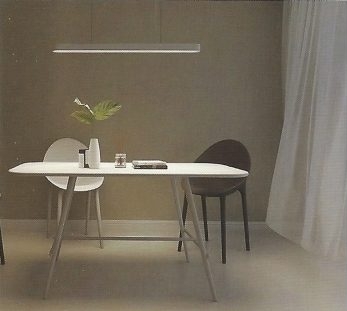
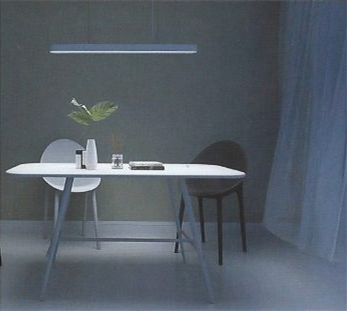
The combination of different color temperatures and illuminances can indeed evoke varied psychological responses in individuals. Figure 1.7 illustrates the general feelings experienced by people in spaces where different color temperatures and illuminances are employed together.
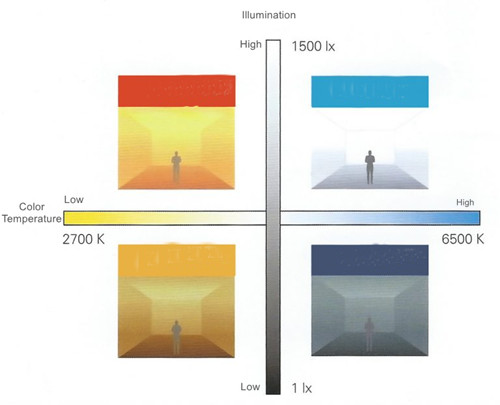
In the realm of home lighting design, it is essential to adjust the color temperature and illuminance of light according to the specific function of each space. This enables the creation of a comfortable and healthy lighting environment. By referencing the guidelines outlined in the “Architectural Lighting Design Standards” and incorporating practical experience in home lighting design, Table 1.1 provides recommended values for color temperature and illuminance in different areas of the home.
Table 1.1 Recommended Color Temperature (K) and Illuminance Values (lx) for Home Spaces
|
Area |
Color Temperature (K) |
Illuminance Values (lx) |
|
Living Room |
2700-5700 |
Reading: 300-500; General Activities: 100-200; Movie Watching: 20 |
|
Dining Room |
2700-4000 |
Dining: 300-500; Drink: 150 |
|
Bedroom |
2700-4200 |
Reading: 300-500; General Activities: 150 |
|
Study Room |
4000 |
Office Work/Reading: 300-1000 |
|
Elderly Room |
3500-5700 |
Reading:300-500 |
|
Children’s Room |
2700-4200 |
Study/Reading: 300-500; General Activities: 150 |
|
Kitchen |
4000-5700 |
Cooking/Cutting: 300-500; General Activities: 150 |
|
Bathroom |
3000-5700 |
Makeup: 500; Washing: 200; General Activities:100 |
|
Hallway |
2700-4000 |
General Activities: 200 |
| Balcony |
3500-5700 |
Laundry: 300; General Activities: 200 |
Please note that these values are recommendations for color temperature and illuminance in different areas of a home.
If you have specific requirements for lighting effects, I can connect you with local lighting designers or professional lighting engineers who can assist you.
When it comes to determining the appropriate color temperature, a lighting model is established based on data, and on-site measurements are taken using specialized instruments. This approach ensures a professional, accurate, and data-driven solution, rather than relying solely on subjective perception.
4.What is the color rendering index or CRI?
Color rendering refers to the ability of a light source to accurately display the colors of objects compared to a reference standard light source. In simple terms, it represents how faithfully the light source reproduces the true colors, indicating the degree of color fidelity. The higher the quality of color rendering, the more accurately the colors are represented by the lighting.
The International Commission on Illumination (CIE) establishes that the general range for the color rendering index (CRI) is from 1 to 100, with 100 being the reference value for the color rendering of sunlight. In other words, the original colors of objects are those observed under sunlight. Light sources commonly used in daily life generally have a CRI above 80. Some high-quality lamps exhibit a color rendering performance of 95, which is very close to the color rendering performance of sunlight. Figure 1.8 illustrates the color rendering effect in a home illuminated by light sources with CRI values of Ra95 and Ra80. Incorporating high color rendering lamps in home lighting can enhance the aesthetics and beauty of the space.

It is important to recognize that the relationship between color temperature and color rendering is not fixed. While there are individuals who argue in favor of high color temperature for better color rendering, and others who support low color temperature for superior color rendering, it’s crucial to consider both factors in the context of specific applications and desired visual outcomes.
Supporters of high color temperature and good color rendering often point to noon sunlight as an example, which typically has a color temperature of around 6000K and is associated with excellent color rendering. From this, they infer that high color temperature correlates with better color rendering. Conversely, advocates of low color temperature and good color rendering may cite halogen lamps operating at around 3000K, which are known for their high color rendering capabilities. Based on this, they infer that low color temperature is associated with superior color rendering.
However, it’s important to understand that color temperature and color rendering are independent properties and can vary in different light sources. The relationship between the two is not a strict rule. Achieving the desired balance between color temperature and color rendering depends on the specific application and the intended visual impact for a given space or situation.
5.What is the angle of a light beam?
The beam angle is defined as the angle between two directions where the light intensity is equal to 50% of the maximum light intensity on any plane perpendicular to the center line of the beam. A larger beam angle results in a smaller central light intensity and a broader illuminated area. In general, beams are characterized by beam angles less than 20\u00b0, medium beams range from 20\u00b0 to 40\u00b0, and broad beams have beam angles greater than 40\u00b0 (as illustrated in Figure 1.9).
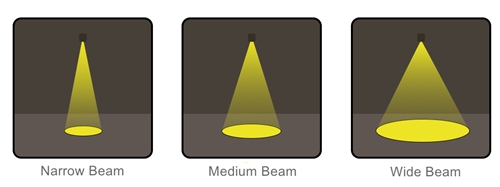
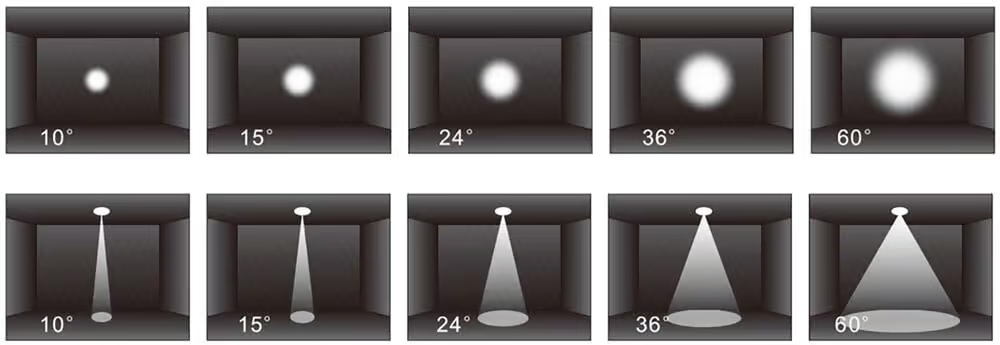
Lamps with different beam angles offer distinct lighting effects. In lighting design, it is important to select a lamp with an appropriate beam angle based on the specific requirements of the space. Lamps with narrower beam angles are often used for accent lighting purposes, allowing for the highlighting and emphasis of key elements within the space, such as decorative paintings or artworks.
When considering accent lighting, there are a few often overlooked places that can greatly benefit from strategic lighting accents. These areas include:
Bookshelves and bookcases: Utilizing COB light strips and small spotlights, you can create illuminated bookshelves and bookcases that draw attention to the displayed items such as books, collectibles, or decorations. Placing lights at the top or bottom of the shelf s can create an eye-catching display.
Stairs: Stairs are indeed commonly overlooked when it comes to lighting. Installing smart light strips along the steps or underneath handrails can be a great way to enhance safety and create a visually striking effect. This technique can achieve a “conceal the light but not the light” effect, where the light source remains hidden while illuminating the steps, emphasizing the staircase as a captivating focal point.
Alcoves or niches: Small alcoves or niches provide fantastic opportunities for accent lighting. By placing spotlights or wall-mounted fixtures within these spaces, you can create focused lighting that highlights artwork, sculptures, or other decorative items. You may also explore our latest spotlight options for additional ideas to enhance your space.
6.What Does Glare Mean in Lighting\uff1f
Glare is a phenomenon that can cause discomfort to the eyes or reduce visual clarity due to objects with extremely high brightness or strong brightness contrast within the field of vision. When the brightness exceeds the level that the eyes can adapt to, it can result in a dazzling and uncomfortable sensation. Glare is commonly encountered in daily life, such as experiencing the glare from car headlights on a dark road at night or the glare from the sun in a wilderness setting on a sunny day.
In the context of lighting design, glare can be categorized into direct glare and glare caused by reflection. Direct glare refers to the discomfort caused by a high-brightness light source that is inadequately shielded within the field of view. Reflected glare, on the other hand, is the discomfort caused by reflections from glossy surfaces within the field of view.
Glare is a known factor contributing to visual fatigue. Improper installation and positioning of lamps in home lighting design can potentially lead to glare, as the human eye may inadvertently look directly at the light source (as depicted in Figure 1.10). By employing scientifically sound optical solutions and engaging in professional lighting design practices, it is possible to effectively mitigate the issue of glare. This is especially crucial in households with children or elderly individuals, as they tend to be more sensitive to glare, necessitating a reduction in the possibility of glare occurrence.
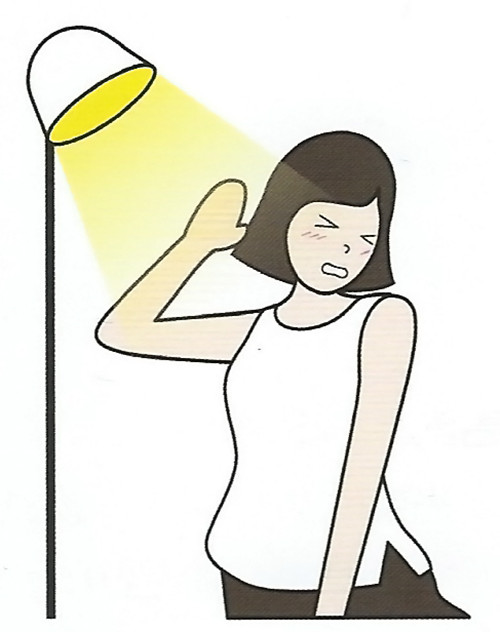
\u2460 How to reduce glare from led lights?
\u2461 How LED reflectors reduce glare?
\u2462 How to reduce glare by using LED lighting?
\u2463 How to reduce and eliminate glare and eyestrain?
\u2464 How to reduce light glare in the office?
\u2465 How to reduce glare in your lighting designs?
\u2466 How to reduce glare on the artwork?
\u2467 How to minimize glare and eye strain?
\u2468 How to reduce the glare of LED lights?
\u00b7\u00b7\u00b7\u00b7\u00b7
The above questions reflect the most common inquiries from our customers’ customers. Previously, I compiled an extensive and professional guide on how to effectively address glare in lighting design. However, I understand that not all readers of my blog post may possess an in-depth understanding of lighting design and some may be lighting enthusiasts seeking practical knowledge. To cater to this diverse audience, I will strive to provide explanations that are more accessible and relatable.
In order to facilitate comprehension, I will incorporate visually engaging graphics and practical examples throughout my explanations. I hope that the approach will allow readers to better understand how to apply the concepts in lighting design and practical operations. I encourage you to continue following my blog for future updates. Moreover, I warmly invite you to reach out to me for further discussions and idea exchange. I believe that sharing knowledge and experiences can greatly benefit us all.
